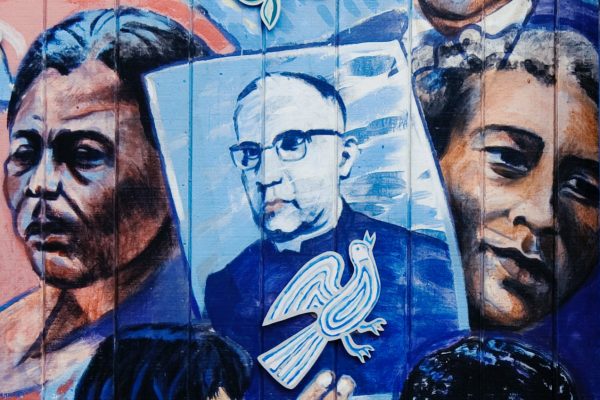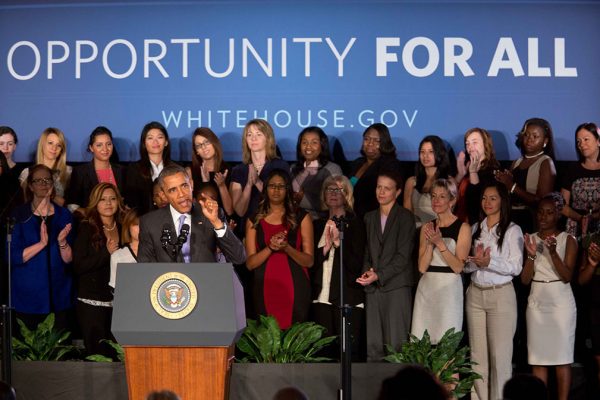The first time Florida tried to purge its swamps and seashores of what governor and 2024 presidential hopeful Ron DeSantis calls “wokeism” was in 1956. Reeling from the ruling in Brown v. Board of Education and eager to resist racial integration at any cost, Florida’s state legislature formed the Florida Legislative Investigation Committee (FLIC) to surveil and harass civil rights activists. When the committee failed to link organizations like the NAACP to criminal activities or communist conspiracies, it shifted its focus to “practicing homosexuals” who they believed had infiltrated the state’s public school system to seduce and abuse children. By the time the FLIC disbanded in 1965—forced to shutter, ironically, due to public outcry over its publication of a report widely seen as pornographic—it had orchestrated the firing, expulsion, or resignation of some four hundred public school students and teachers.
Twelve years later, recording artist and Florida Citrus Commission spokesperson Anita Bryant stepped in to fill the FLIC’s shoes, founding Save Our Children, Inc.—whose mission was to repeal a Dade County human rights ordinance that prohibited discrimination in employment, housing, and public accommodation on the basis of “affectional or sexual preference.” Bryant’s campaign picked up where the FLIC left off, painting gays and lesbians—especially gay and lesbian teachers—as threats to public health and safety. In the run-up to the repeal referendum, Save Our Children released an ad in the Miami Herald titled “The civil rights of parents: to save their children from homosexual influence,” which claimed that discrimination against gays and lesbians is “no more a civil rights issue than is the arrest of a drunk for disturbing the peace.” Appeals like this proved effective. On June 7, 1977, voters repealed the county ordinance by a more than two-to-one margin.
Since Florida’s Parental Rights in Education Act and Individual Freedom Act were signed into law in the spring of 2022, pundits have drawn attention to the continuities between DeSantis’s war on wokeism and the racial and sexual purity campaigns of earlier eras. But where the dominant motifs of the old wars were law and order, public health and safety, and state surveillance, DeSantis talks mostly of freedom, vowing not to protect but to liberate Floridians from the tyranny of gender ideology and CRT. This rhetorical shift underscores an important political lesson political theorist Corey Robin gleaned from his dissection of “the reactionary mind”: conservatives learn from the revolutions they oppose. Indeed, they are often, Robin writes, “the left’s best students.”
During the great civil rights struggles of the 1950s, ’60s, and ’70s, there was much for conservatives to study up on. Black people, women, and queers were appropriating the language of freedom, then used mostly by Cold War–era anticommunists to defend the liberal capitalist status quo, to assail the hierarchies conservatives defended at the time through appeals to safety and security.
Harvey Milk’s famous “That’s What America Is” speech—delivered on June 25, 1978, the ninth anniversary of the Stonewall Rebellion, at San Francisco’s annual Gay Freedom Day celebration—is one of many examples from this period of a champion of the marginalized wielding the language of freedom against a conservative language of protection and security. Milk opens his speech by asking his “gay sisters and brothers to make the commitment to fight. For themselves. For their freedom.” Midway through the speech, Milk threatens President Jimmy Carter, whose support for gay rights he found tepid and insincere, with a March on Washington to be held, of course, on “that national day of freedom, the fourth of July.” To conclude, Milk quotes the poem at the base of the Statue of Liberty (“Give me your tired, your poor, your huddled masses, yearning to breathe free”) and the National Anthem (“Oh, say does that star-spangled banner yet wave o’er the land of the free”) to remind “all the bigots out there” that “that’s what America is.”
Although Milk was assassinated shortly after giving this speech, the metonymy he helped create between “gay,” “freedom,” and “America” lived on, providing the framework for a movement that would win many victories: the nationwide decriminalization of same-sex intimacy in 2003, national legal recognition for same-sex marriages in 2015, and the enactment of hundreds of state and local human rights ordinances that now cover nearly half the U.S. population.
Given this string of queer triumphs, it is no surprise that conservatives like DeSantis are attempting a wardrobe refresh, waging the same old culture war in freedom-brocaded fatigues. They recognize that the only way to shove the lower orders back in their place is to first displace them from the high ground of freedom. Such efforts are more than rhetorical. DeSantis’s policies connect his chauvinistic, atomistic, and zero-sum narrative of freedom to the kind of concrete experiences of settler self-rule that Aziz Rana identifies as so central to the right’s ascendancy across U.S. history.
Take Florida’s SB 252, a sweeping “medical freedom” law that prevents both private and governmental entities from requiring individuals to utilize even minimally invasive measures like face masks to prevent the spread of deadly disease. Under the law, every trip to the doctor’s office or the grocery store becomes an opportunity for certain citizens—who view even the smallest act of solidarity as a violation of their natural rights—to experience the thrill of freedom as domination. Florida’s Parental Rights in Education Act delivers an even more sadistic and direct experience of freedom as domination, empowering reactionary parents to dictate what gender identities, sexual orientations, historical narratives, and even books will be permitted in public schools, and turning every school board meeting into an opportunity to denigrate the sexualized and racialized others threatening their rights and liberties.
To the extent that Rana addresses the freedom politics of figures like DeSantis, he is dismissive. They are simply “reveling in domination for its own sake,” he writes, and failing to give “genuine control to the majority of white Americans over the large structuring terms of their lives.” He further claims that highly individualistic and exclusionary accounts of freedom are less appealing to Americans now than they have been in nearly a century because their material and cultural underpinnings have been eroded. “There is a wide sense,” he writes, “that most Americans experience nothing like freedom as self-rule.” That may be true in some places, but plenty of Americans in places like Florida are enjoying the fruits of a form of belligerent and bigoted self-rule, backed up materially through policies like Florida’s HB 1, a voucher program that provides parents who remove their children from public school a payment of approximately $8,000 per child per year that can be spent on virtually anything. DeSantis and other so-called “national conservatives” have accurately diagnosed the limits of the neoliberal approaches to freedom that were once in vogue on the right. They are now undertaking in earnest the work of “institution building, reshaping the everyday worlds people inhabit—their workplaces, neighborhoods, and schools” to weave their conception of freedom into the fabric of people’s lives in precisely the ways Rana argues are essential.
Rana is right to exhort the left to move beyond “messaging” and “communications strategy” and toward nurturing spaces where people can “organically experience freedom.” But he misses just how far ahead the right is in this effort already. In order to catch up, we cannot content ourselves with dismissing the right’s freedom politics as a disingenuous and purely rhetorical sideshow. To build sites of freedom that are inclusive and democratic, we need to confront the patriarchal, white supremacist, and heteronormative investments that make exclusionary and individualistic forms of freedom so appealing. Conservatives learn from the revolutions they oppose; it is high time the left started to do the same.








